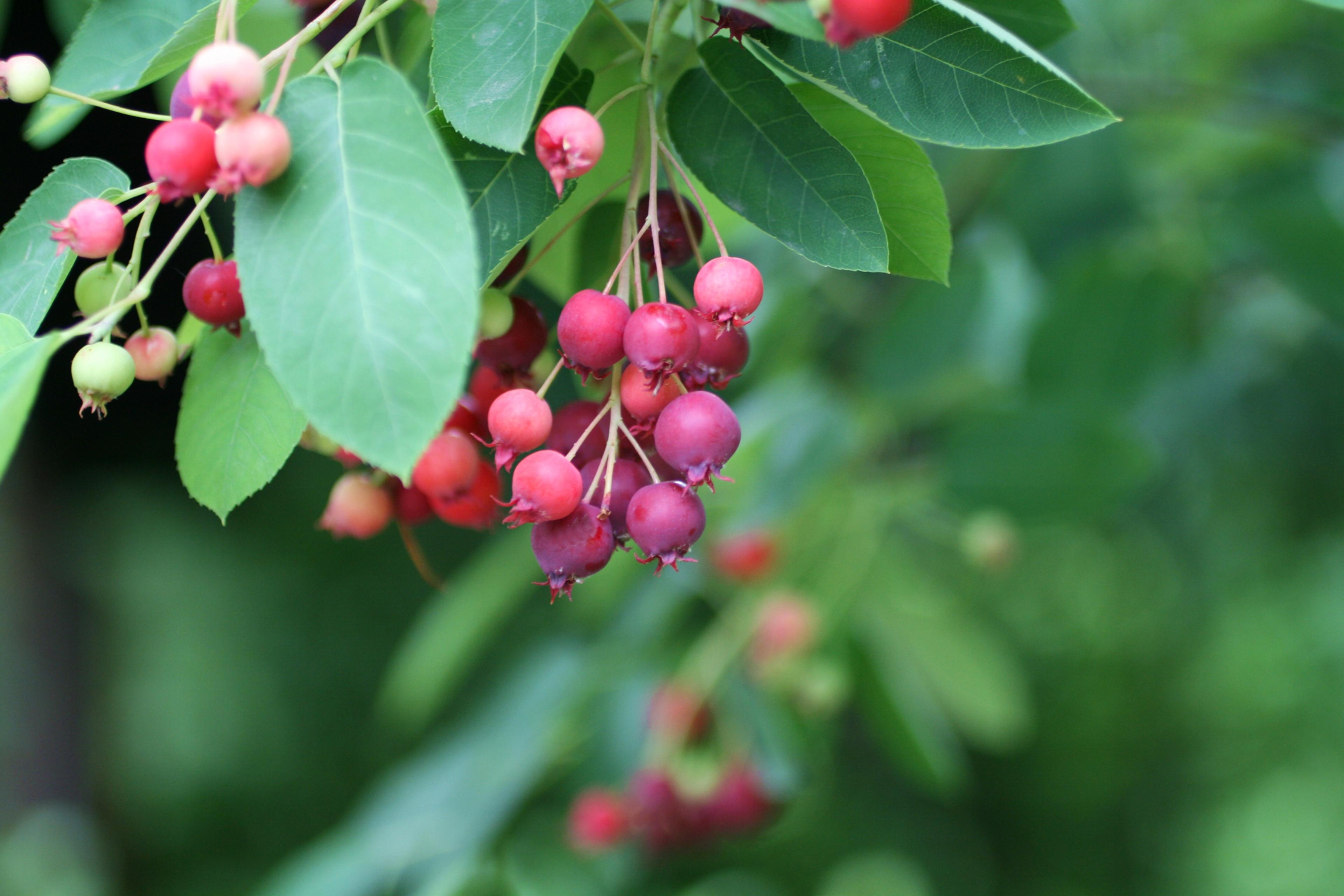What to Know About Michigan’s Native Serviceberry Shrub

Lily Mahnken
| 2 min read

Key Takeaways
- The serviceberry shrub is small tree or large shrub that blooms white flowers in early March and produces red berries in mid-June.
- The shrub provides a reliable habitat for local species, promoting biodiversity and supporting the ecosystem.
- The berries are edible and nutritious, tasting like a combination of blueberries and blackberries.
Often overlooked by the flashier spring blooming trees, the serviceberry shrub brings life and light to Michigan. The shrub, also called juneberry, sugarplum and May cherry, blooms in early March, making it one of the earliest flowers to appear.
While its beauty is undeniable, the shrub also has many other important attributes and uses.
What is a serviceberry shrub?
A serviceberry shrub is a multi-stemmed small tree or large shrub that blooms white flowers in March and red berries in mid-June, according to the Ottawa Conservation District. It can grow from 20 to 25 feet tall and spread to 20 feet wide. With its white flowers and red berries, the serviceberry shrub has a distinctive look. The tree has smooth silver bark and a slow growth rate.
Service berry shrubs are native to North America, and they thrive in woodland habitats with full sun or partial shade, according to Plant it Wild. In Michigan these shrubs can be found in forests and often used in elements of landscaping.
Are the berries edible?
The serviceberry shrub provides many different benefits. According to the City of Ann Arbor, the shrub provides a reliable habitat for species in the area, in turn promoting biodiversity and supporting a local ecosystem.
In June, the shrub also produces small, nutrient-dense red-purple berries that give birds and humans a healthy source of food. The berries taste like a combination of blueberries and blackberries. In fact, the shrub berries were once a staple food of many indigenous peoples. Jams, syrups and cobblers are commonly made from the berries today.
The blossoms are also an important food source for pollinators like bees and butterflies, as well as birds.
Finally, the shrub improves soil health and prevents erosion, reducing the risk of run-off and the use of fertilizers.
Photo credit: Getty Images
Related:





